80/90 PUSH 3.0 Project
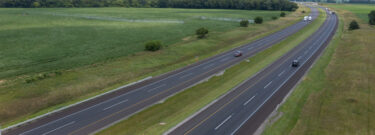
Pushing ahead with the PUSH project
Investing in a massive, multi-year commitment to improve the roadway
Over the past few years, the PUSH (Pavement Upgrade for a Superior Highway) project has been a critical undertaking to deliver a smoother and safer route for all. This involved 3 phases:
- First, reconstructing more than 70 miles of pavement and rehabilitating 53 bridges
- Second, investing $70 million into rehabilitating the most-traveled segment of the Toll Road — covering the first ten miles, from Hammond and the Illinois border to Gary
- Third, the 80/90 PUSH 3.0 Project involved a $200 million investment, the largest single undertaking since the initial construction of the Toll Road
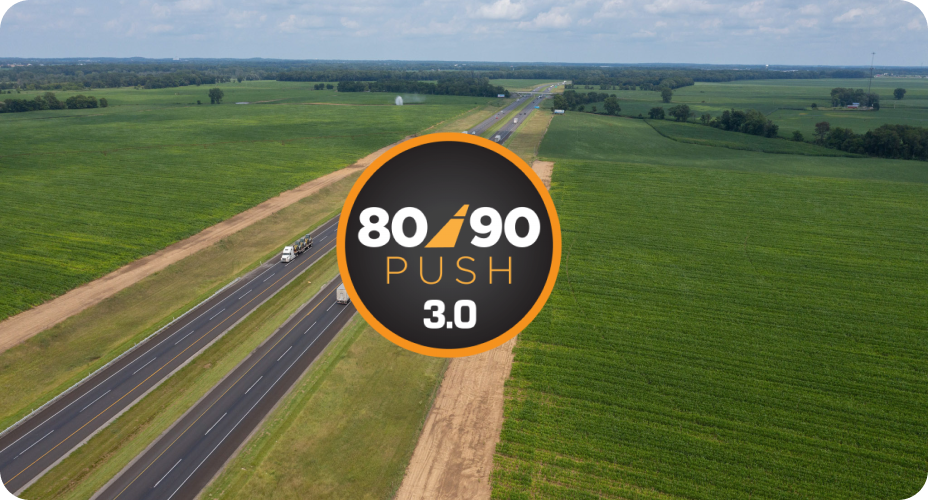
The 80/90 PUSH 3.0 Project was the final phase of an ongoing commitment to a safer roadway
Upgrades to our travel plazas
Enhancing the comfort, efficiency, and experience for motorists
We completed an extensive project to overhaul and refresh all of our travel plazas in 2018.
Initial bridge rehabilitation
Maintaining an extensive system of bridges for a safer roadway for all
After assessing the bridges along the entirety of the Toll Road, we invested in a series of deck overlays, joint replacements, drainage improvements, and concrete repairs.
Up-to-date travel advisories
Providing travelers with critical information during their journeys
The installation of new technologies help us provide regular travel advisories and updates to help keep travelers informed before, during, and after their journeys along the Toll Road.
A Closer Look at PUSH 3.0
Reconstructing and improving more than 30 miles of pavement, 17 bridges, and 4 interchanges
In addition to building a safer, smoother roadway, this latest phase in the PUSH projects:
- Facilitates improved conditions and a better travel experience for motorists
- Reduces the level of maintenance work required for ITRCC in the future
- Delivers state-of-the-art technology that improves safety and customer service
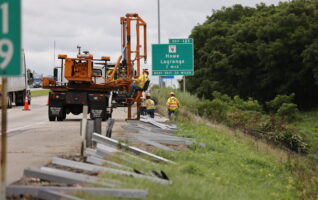
Minimizing the impact of traffic
Working around the clock on construction to expedite progress and minimize delays
Throughout the duration of the project, we maintained single-lane closures and work-zone reduced-speed limits to maintain a safer work environment and keep traffic flowing smoothly.
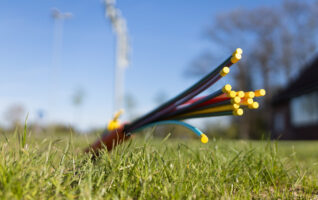
Investing in fiber-optic infrastructure
Improving service with the installation of a fiber-optic line
We’ve established a foundation for the future by building a fiber-optic line along the Toll Road.
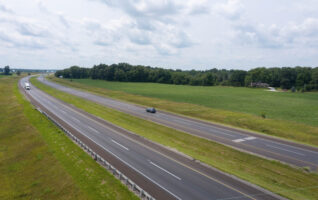
Strengthening our approach to pavement
Applying a smoother “crack-and-seat” treatment to our pavement
Through our PUSH Projects, we removed the traditional asphalt overlay on the Toll Road’s pavement and applied a “crack-and-seat” treatment to reduce the likelihood of future cracks. This investment provides a smoother drive and reduces the needs for future maintenance.
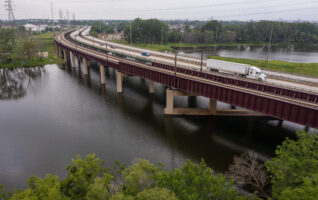
Reinforcing our bridges
Tailoring improvements to unique infrastructure needs
Our PUSH Projects involved careful evaluation of every bridge in covered regions. This insight into specific structural and operational conditions helped us manage necessary substructure patching, beam painting, bearing replacements, fatigue retrofits, and deck replacements.
Safety: Our #1 Priority
Investing in safety for everybody
We prioritize safety through what work we do: From laying new pavement to widening narrow bridges to building the backbone of new technology systems, we’re constantly improving the Toll Road, how we monitor conditions, and how we communicate most effectively with motorists.
We prioritize safety through how we complete the work: In collaboration with Indiana-based, employee-owned asphalt paving company Rieth-Riley, we’re designing construction zones with safety in mind and applying new technologies to monitor traffic flow to work toward our shared goal of zero lost-time injuries for our employees and a safer roadway for all of our customers.





